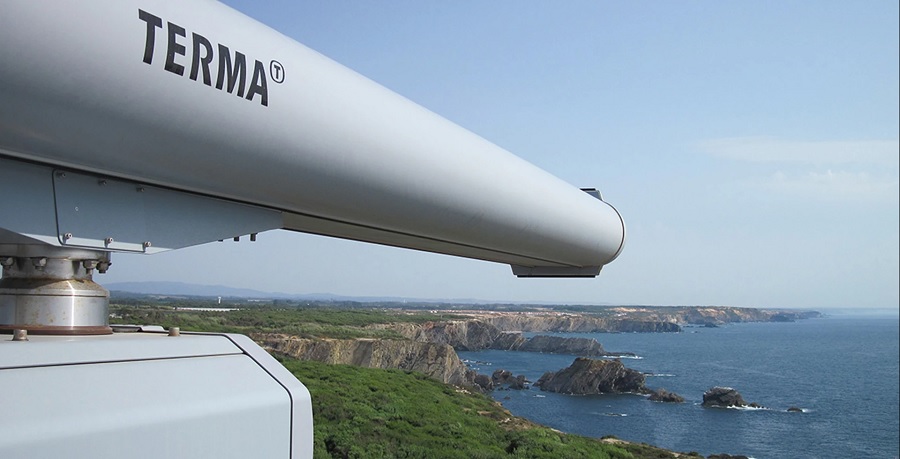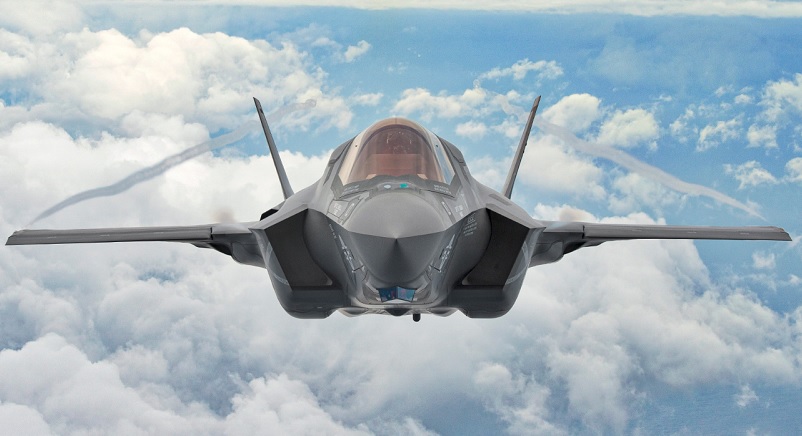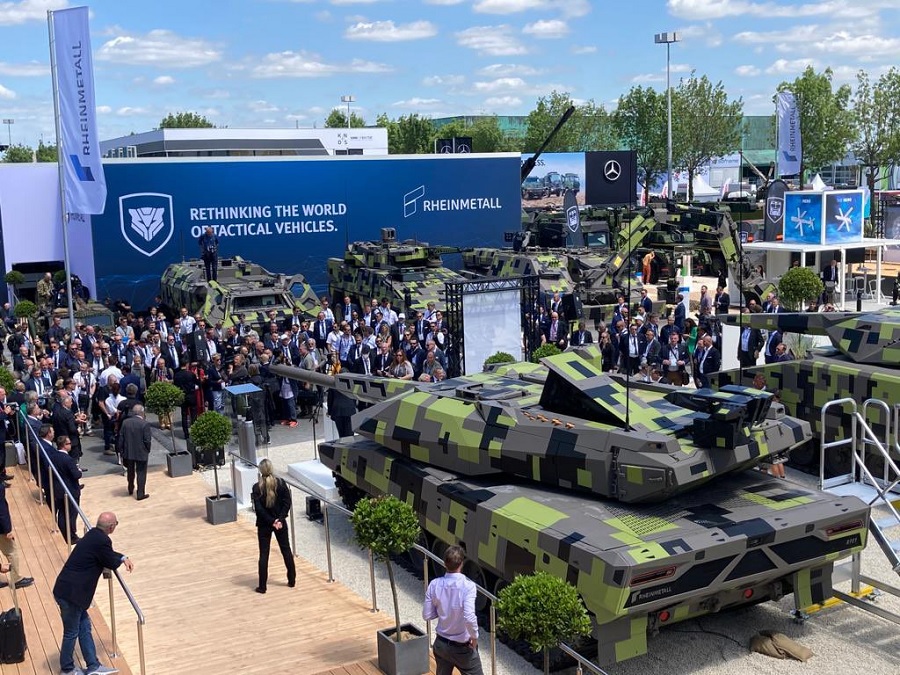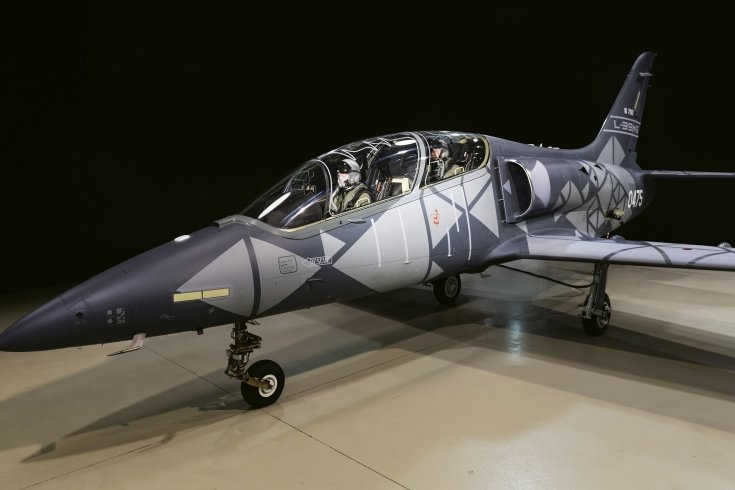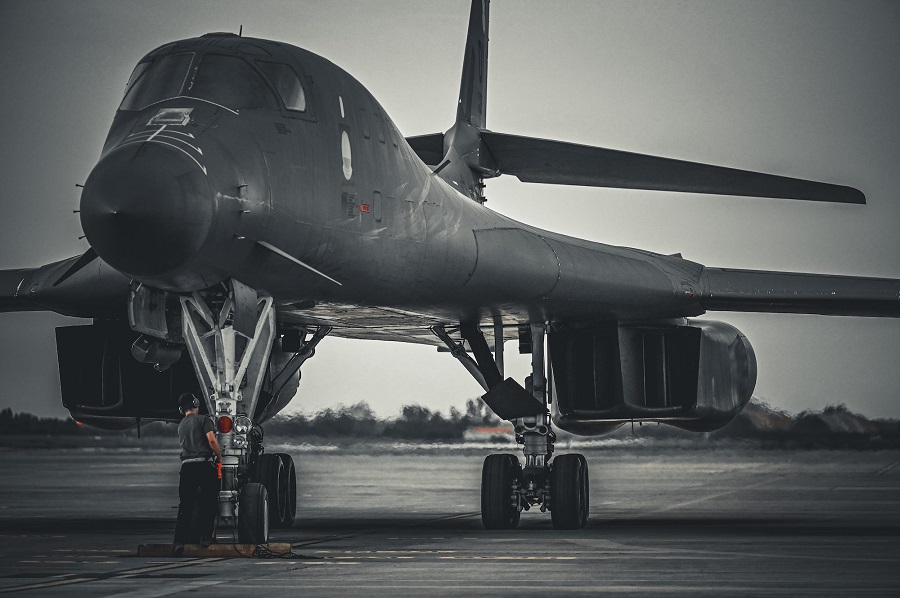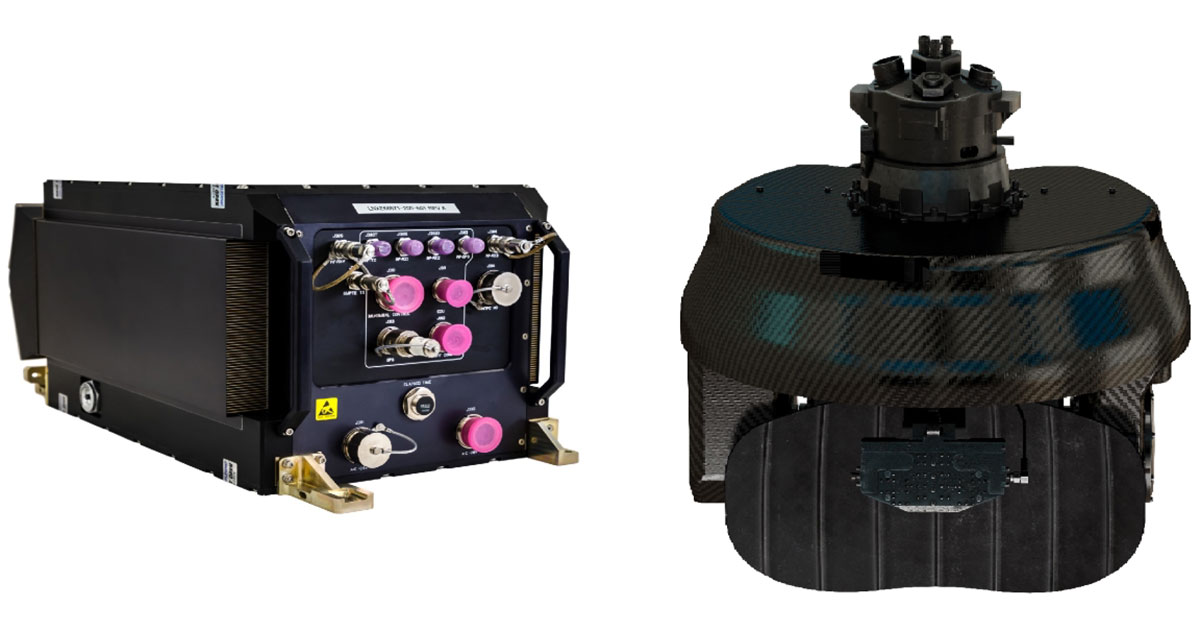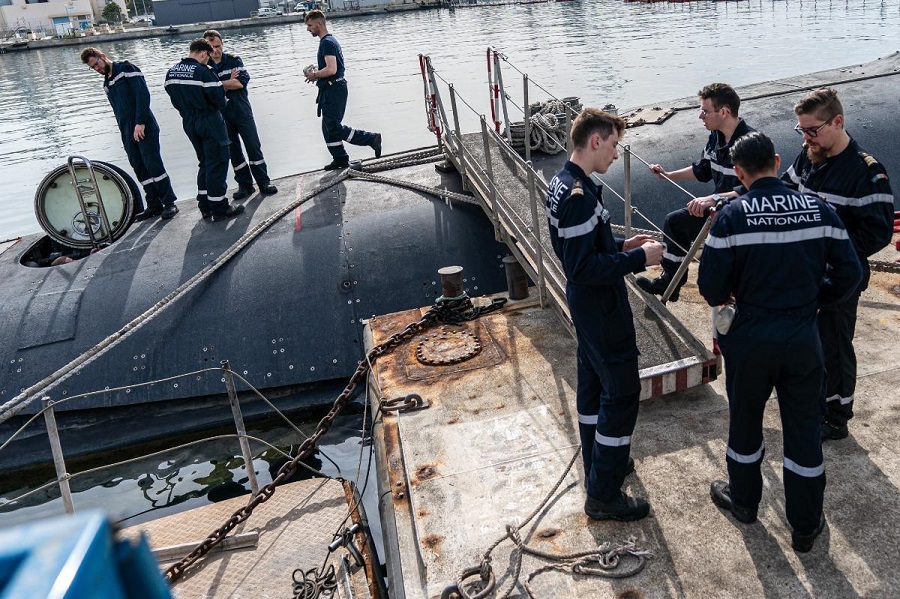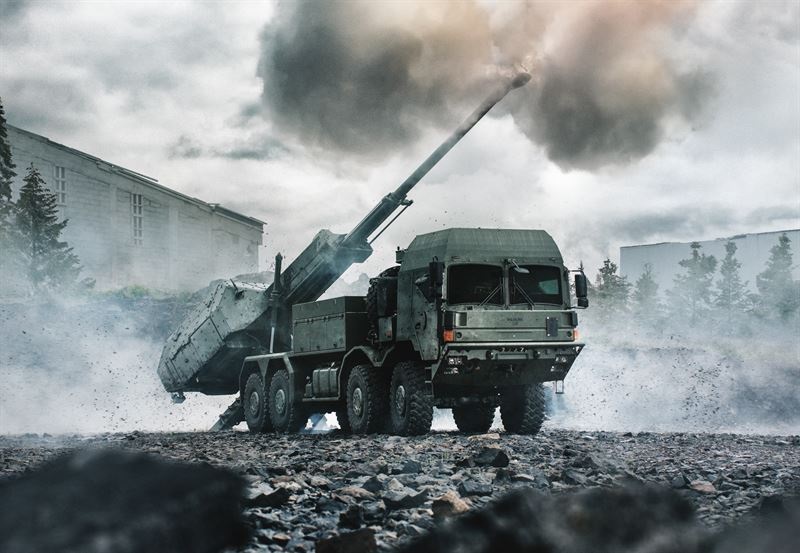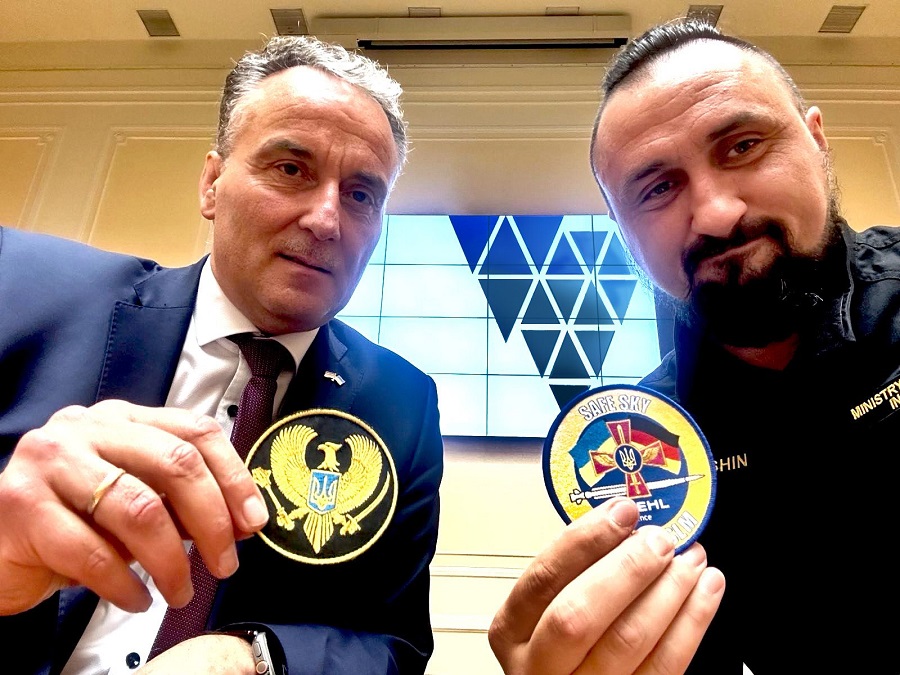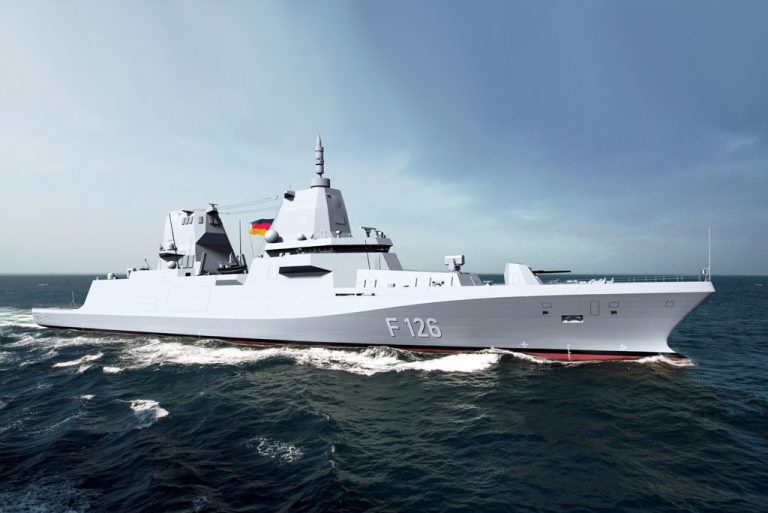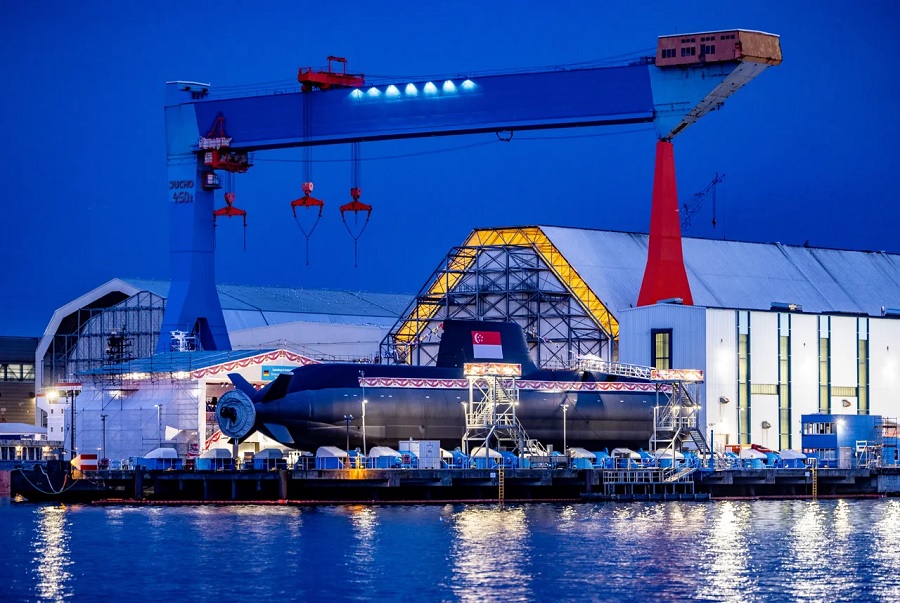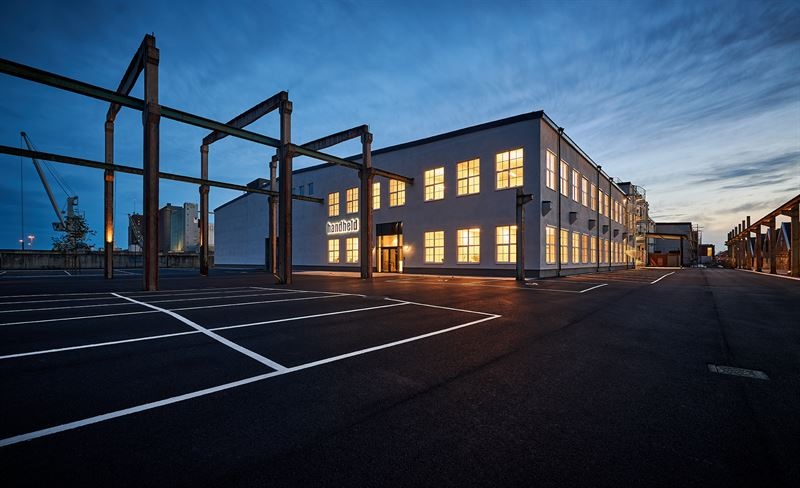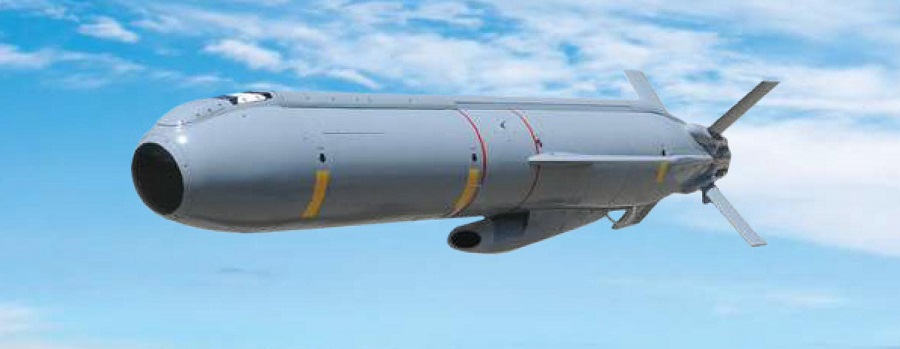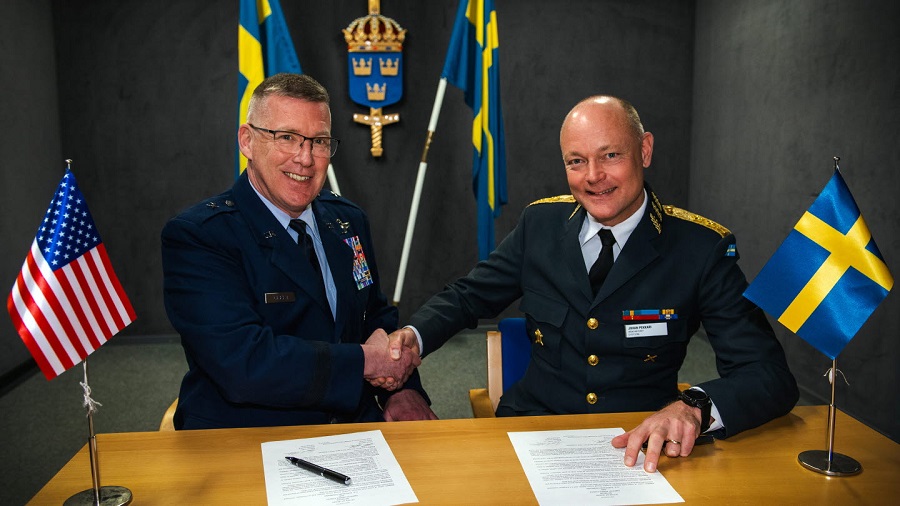Across the Asia Pacific region, nations are investing heavily in coastal surveillance and capabilities to protect their people, assets and interests. Surveillance and patrolling capabilities are upgraded to maintain control of national waters and economic exclusion zones (EEZ). With Thailand’s newest addition to their coastal surveillance capabilities, the Royal Thai Navy, responsible for coast guard operations in Thailand, enters a new league of detecting and tracking of illegal activities in their territorial waters.
The current delivery consists of a number of radars systems for sites along the coastline. The radars include the Scanter 5202 and 2202 and will be combined with a variety of antennas (21 feet, 18 feet and 12 feet compact antennas). All radars will feature Terma’s ET2 embedded tracker.
Embedded Tracking Allows for Easier Integration
Situational awareness comes from having a clear picture of what is going on currently, what has happened previously and predicting what will happen in the (near) future.
With the new radar systems, the Royal Thai Navy will acquire such vigilant surveillance through an intelligent tracking unit installed on all radars. The so-called ET2 Embedded Tracker automatically logs the behavior of any suspicious vessel, no matter the size or shape.
While the defense and surveillance industry typically have a propriety interface where the tracking capability is part of the Command-and-Control (C2) system, with the Terma radars this is not the case.
The Terma ET2 Tracking unit is embedded directly into the radars with simple hardware and software add-ons. The reason behind embedding the ET2 into the radar comes down to making the system compatible with third-party C2 System Providers.
The tracking data is translated to exportable international protocols and can be interfaced by any major C2-system on the market.
“It has become a Terma signature to design and produce systems with an open architecture, so customers can freely choose to add the capabilities they need into the system that best suits their needs and what they prefer. We are system agnostics, so to say,” says Mr. Anupam Narain Mathur, Vice President and General Manager of Terma Asia Pacific.
Advanced Radars Deliver Superior Detection
In coastal surveillance and surveillance in general, it all comes down to what you can detect. Put simply, you only know what you see.
By upgrading surveillance along the coastline with the advanced Scanter radars, Thailand ensures Grade A detection capabilities. The mix of antennas and the powerful radar systems will enable the Royal Thai Navy to detect basically anything moving on the surface of the sea.
The Terma systems are proven to detect fast-moving small vessels, smuggler boats hiding behind larger vessels and even targets as small as a swimmer’s head above water in high seas. Capabilities that will surely benefit the Royal Thai Navy in their fight against smuggling, trafficking, illegal fishing, and other infringements of their economic exclusion zone.
Trusted Partner in Thailand and the Asia-Pacific Region
While the radar delivery is the company’s first coastal surveillance project in Thailand, Terma can present a long and sizeable footprint in Thailand and the rest of the Asia-Pacific region.
For more than 20 years, Terma has delivered radar systems for military and civil uses across the region. Consequently, Terma has become a trusted surveillance partner for Navies and Coast Guards operations in countries such as Singapore, Malaysia and Vietnam and for Vessel Traffic Service (VTS) in numerous seaports in Vietnam, China, Singapore, Hong Kong and many more worldwide, more than 3,000 Scanter radars have been delivered.
“With the current delivery, we are thrilled to enter as a coastal surveillance partner in Thailand. The collaboration with both the Royal Thai Navy and the other suppliers has been great, and we look forward to hopefully taking part in the future development of Thai coastal surveillance,” Mr. Anupam Narain Mathur concludes.


